Sophie Blackall is the author-illustrator of Hello Lighthouse, winner of the 2019 Randolph Caldecott Medal. Julie Danielson interviewed her by email for Calling Caldecott.
Sophie Blackall is the author-illustrator of Hello Lighthouse, winner of the 2019 Randolph Caldecott Medal.
|
Calling Caldecott: Last year, we asked the Caldecott Medalist where he keeps his medal (it is beside his daughter's Ren Faire fist, no less), but where does one keep two medals?
Sophie: In my acceptance speech, I mentioned that during the Q&A at a school visit, a student had raised her hand and said, “I have something to say and a question: I didn’t know girls could be authors, and also, how does it feel to hold a medal in each of your own hands?” My response to the first was, “Girls can do anything.” And to the second, I said, “I’ll let you know in June.”
When I got home after ALA, I thought I’d take a photograph holding both medals to send to the student’s librarian.
If only I could remember where I put the first medal.
I debated whether to tell you this story, because I suspect it is legitimate grounds for revoking the award. I mean, seriously, how could someone lose a Caldecott medal?
But of course I hadn’t lost it. I was sure it was somewhere in the house. Pretty sure. Or maybe at the studio. Definitely one or the other.
 If it helps my case at all, I went into a deep panic. I fretted over it at night, turned house and studio upside down, and swore my family and studio mates to secrecy. I was worried, more than anything, that the Caldecott committee would be so disappointed if word ever got out. I was horrified they might think I didn’t care. Because I care enormously about the award. I have kept every Caldecott note anyone sent me, even the one from the kid that said, “You’re my favorite illustrator, but when it comes to writing, I prefer Jeff Kinney.” I treasure the place cards with all the committee members’ names from our celebratory dinner. I saved a flower from the dais centerpiece at the banquet. The felt Caldecott cushion sewn for me by Cece Bell is one my most cherished possessions. (Ditto the rosette ribbon she made for me this year. The resemblance is uncanny!)
If it helps my case at all, I went into a deep panic. I fretted over it at night, turned house and studio upside down, and swore my family and studio mates to secrecy. I was worried, more than anything, that the Caldecott committee would be so disappointed if word ever got out. I was horrified they might think I didn’t care. Because I care enormously about the award. I have kept every Caldecott note anyone sent me, even the one from the kid that said, “You’re my favorite illustrator, but when it comes to writing, I prefer Jeff Kinney.” I treasure the place cards with all the committee members’ names from our celebratory dinner. I saved a flower from the dais centerpiece at the banquet. The felt Caldecott cushion sewn for me by Cece Bell is one my most cherished possessions. (Ditto the rosette ribbon she made for me this year. The resemblance is uncanny!)
I eventually found the medal. And it was a huge relief. But I came to realize that it is less important to me than the lovely notes and mementos — and the seals on the books themselves. It’s that gold sticker that connects me with every member of my two beloved committees, every reader of my books, every bookseller who unpacks those books from a box, every librarian who covers them in Mylar and opens them at story time, and every other Caldecott medalist and honoree who came before me and all who will come after me.
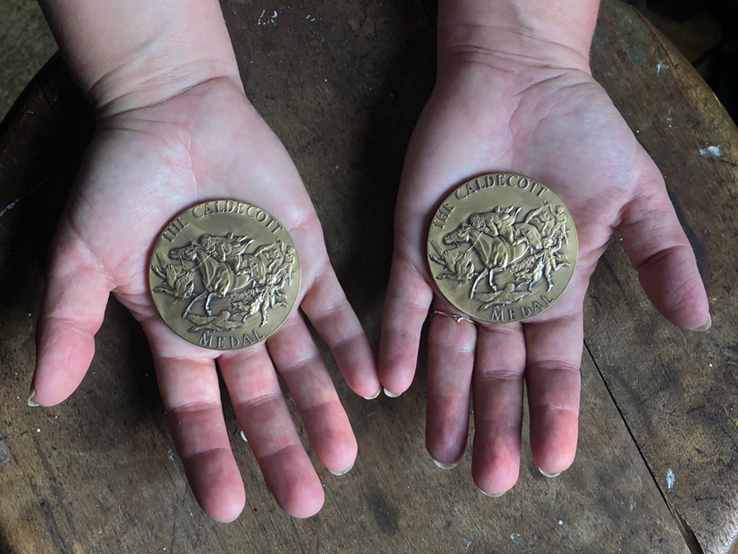
CC: What is something you learned in this Caldecott year that you didn't learn in your first?
Sophie: To put this medal somewhere safe.
CC: Can you tell us about the travels, school visits, and speaking engagements from your year as the Medalist? What were some highlights?
 Sophie: It has been a joyful thing to share Hello Lighthouse with readers all over the world, but it was in coming to Maine this past spring to work with Island Readers and Writers that I found a community for whom this story really resonated, people whose lives and history are inextricably linked to lighthouses — children whose great-grandparents were lighthouse keepers; teachers who have family in the Coast Guard; the school cook, whose father ran the tender that supplied the lighthouse on Swan’s Island.
Sophie: It has been a joyful thing to share Hello Lighthouse with readers all over the world, but it was in coming to Maine this past spring to work with Island Readers and Writers that I found a community for whom this story really resonated, people whose lives and history are inextricably linked to lighthouses — children whose great-grandparents were lighthouse keepers; teachers who have family in the Coast Guard; the school cook, whose father ran the tender that supplied the lighthouse on Swan’s Island.
Island Readers and Writers have developed a program which is unlike anything I’d ever experienced. They bring authors and illustrators into tiny, remote, underserved schools and give us the opportunity to have a profound impact on the lives of their students. We talk to children about our work, conduct hands-on creative workshops, and show them a glimpse of the great, wide world. But because of the intimate nature of the visits, we also get the chance to listen to children and to hear about their worlds — and their lives and hopes and dreams.
And then, at the end of the day when we are all fast friends and loath to part, we leave each student with a book. One third-grade girl accepted hers, thanked me politely, and asked where she should put it. I told her she could take it home.
“But I have to bring it back tomorrow, right?” she asked.
“No,” I said. “You get to keep it.”
“FOREVER???” she asked.
“Yes,” I said. “Forever.”
“Then,” she said, “I will read it every night for the rest of my life.”
Later in the summer, I went on a two-week, seven-city book tour in China, which was as different to my experience in Maine as you might imagine. I ate chickens’ feet and jellyfish in place of lobster rolls and visited cities with more people than live in the whole of Australia — instead of schools with thirty students. And I discovered that picture books are still a relatively new concept in China.
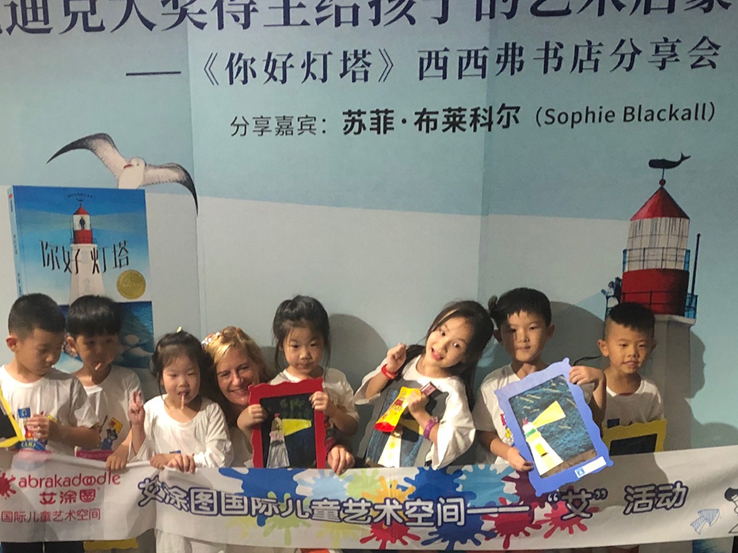
Sophie with students in China.
But all summer, that comment from the student who didn’t know girls could be authors really bothered me. I began talking to other children’s book writers and illustrators who identify as women, and many reported similar experiences. Several were the first female authors to visit a school. I spoke with librarians who said, if only there was some kind of list of women who do school visits!
We are in a golden age for picture books, and many of them are being made by women. I want to help educators connect with book-makers and have more women visiting schools so that all children know that girls can be authors and illustrators (and anything else they choose!).
With the help of the Society of Children’s Book Writers and Illustrators, we are developing a dynamic, searchable database, which will be hosted at scbwi.org. The directory will include cis, trans, and gender-nonconforming published authors and illustrators who reside in the U.S. Anyone who would like to be part of the directory may submit here: https://www.scbwi.org/directory-of-women-authors-illustrators/.
CC: A little birdie named Matt Cordell tells us that, at the awards banquet, you two brainstormed a new tradition in which the previous year's Medalist would "pass the torch" to the current, seated Medalist by starting a book of drawings. In that book, each Medalist would take a page, draw on it, and then pass it to the next person. Matt says he still likes this idea and that it's on his mental to-do list. Are you still game?
Sophie: Yes! I love this idea!
Dan Santat tried to start a tradition of passing down an Ugly Sweatshirt, which I believe was given to him by Tony DiTerlizzi. I tried to give it to Javaka Steptoe, but he wouldn’t take it. I couldn’t blame him. I’m waiting for Dan to win again so I can send it back.
Photo gallery
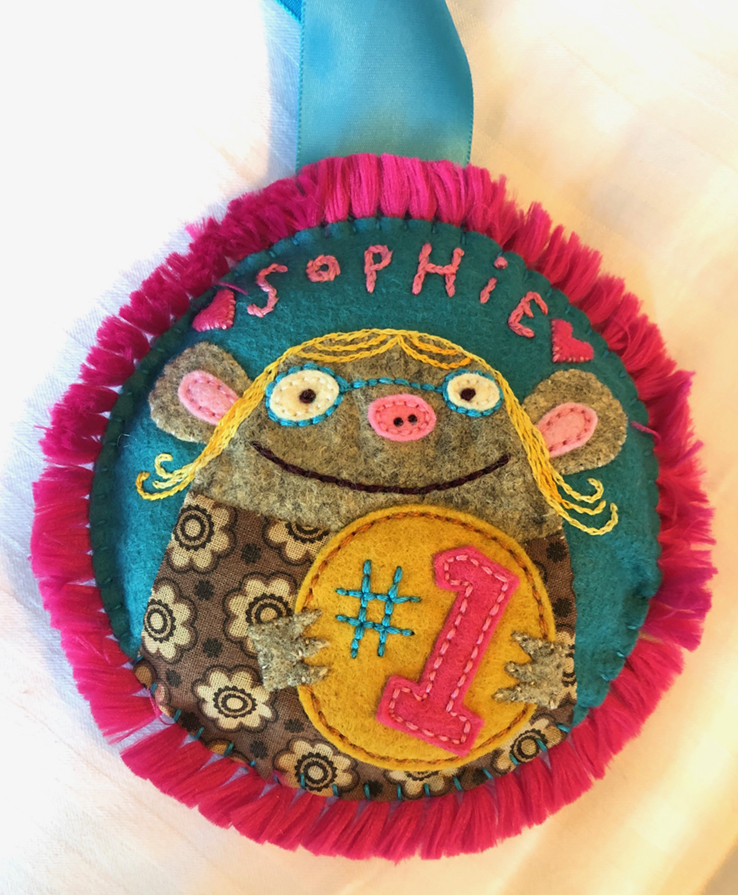
Cece Bell made "medals" for both Sophie and Meg Medina. “...at the end of the most glorious
evening, when you think you have reached saturation of joy, @cecebellbooks shows up with
the real medal. One for me and one for Meg Medina. Both uncanny likenesses. It’s the best
thing in the world and I may never take it off.”
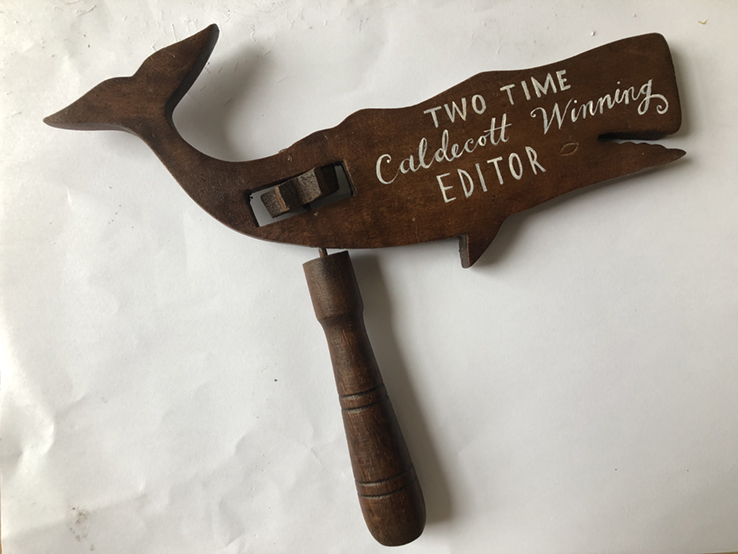
Sophie made this "medal" for her editor, Susan Rich.
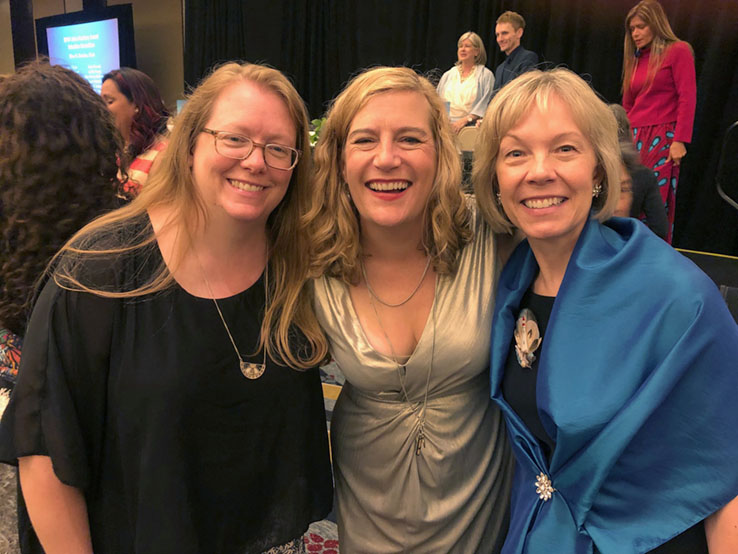
Sophie wrote: "Rachel Payne and Mary Fellows, Caldecott Committee Chairs 2016 and 2019, respectively — two extraordinary, inspiring women.”
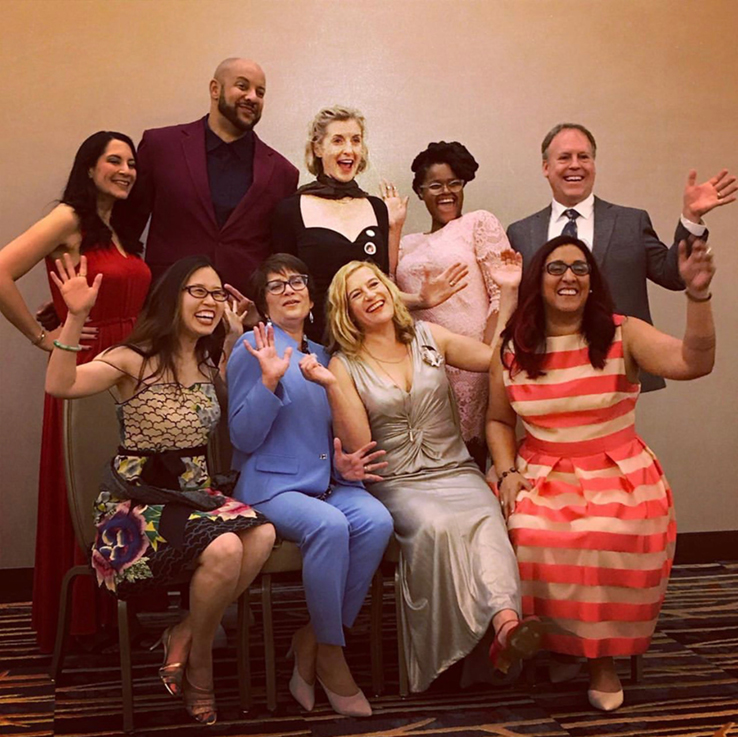
A celebratory shot of all the winners and honorees of the 2019 Caldecott, Newbery, and Legacy awards.
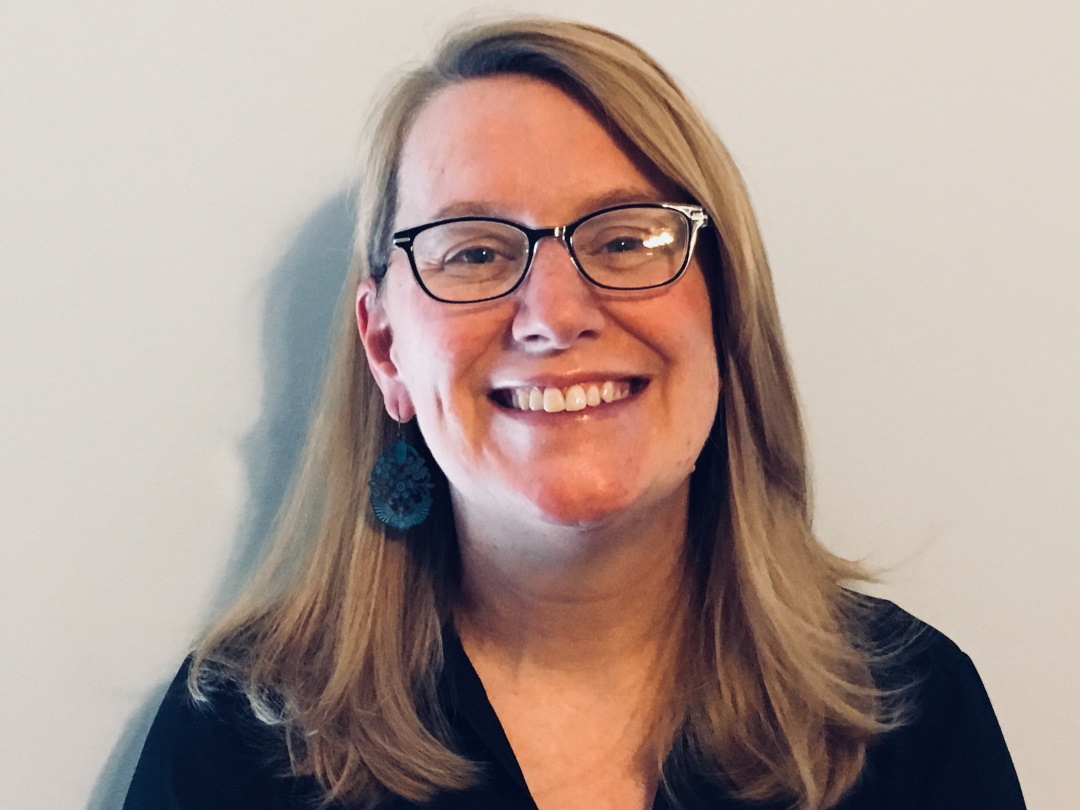
ALREADY A SUBSCRIBER? LOG IN
We are currently offering this content for free. Sign up now to activate your personal profile, where you can save articles for future viewing.








Add Comment :-
Comment Policy:
Comment should not be empty !!!
ALLISON GROVER KHOURY
This is a lovely interview - thank you Jules and Sophie. I laughed, teared up and feel so grateful for Sophie's efforts to make such an authors list for schools.
Posted : Sep 13, 2019 01:48
KT Horning
I always wonder what happened to the medals of long-ago winners, like Dorothy Lathrop, Thomas Handforth, and Virginia Lee Burton. Are they in the possession of descendants? In bank vaults? In archives? Will they show up on eBay?Posted : Sep 12, 2019 06:37
Molly Sloan
How lovely to have Calling Caldecott back again! I am eager to launch my Caldecott Club of 3rd-5th graders here at Portland Jewish Academy in Portland, Oregon. I particularly enjoyed this post interviewing Sophie. I was fortunate to be in the room the evening she accepted her award. She is every bit as delightful, gracious and sincere in person as she seems in this post. Her speech stole the evening and I was honored to join in the standing ovation for her when she said, "Kids are smart. Girls can do anything. We can all be beacons." I particularly appreciated the way she connected herself and her work to all those who have come before and those who will come after. Therefore I think the sketchbook passed between medal winners is a brilliant idea. Quoting Sophie, quoting Marcia Brown, “I have attended several of these occasions — some up here, some down there. Wherever one is, one cannot help but feel on this night a sense of celebration and pride that we are all somehow one in work very much worth doing.” We are all about work that is very much worth doing: in our libraries, in our schools and in our studios. I am so very eager to begin this Caldecott season! Let the celebration of picture books begin!Posted : Sep 12, 2019 06:06